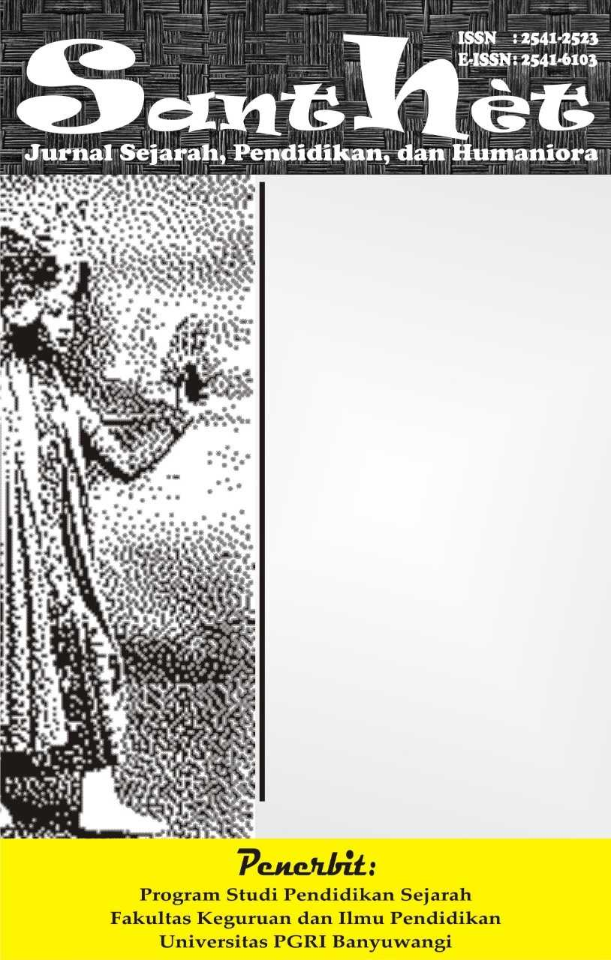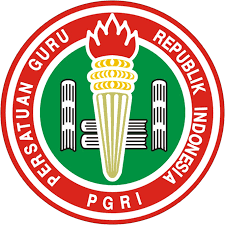Collaborative Governance in Accelerating Stunting Reduction through Corporate Social Responsibility
DOI:
https://doi.org/10.36526/santhet.v8i1.3948Keywords:
Governance, Corporate Social Responsibility, StuntingAbstract
This research aims to explore collaborative governance in accelerating the reduction of stunting through Corporate Social Responsibility (CSR) programs in Warakas Village, North Jakarta. The Ketapang Kuning program, a CSR initiative, successfully reduced the stunting rate from 19.3% to 12% in 2022. This study employs a qualitative approach with data collection techniques that include field studies and literature reviews. The results indicate that collaboration between the private sector, government, and community is crucial in addressing stunting issues. Key factors supporting the success of this program include power-resource-knowledge asymmetries such as knowledge, managerial capabilities, and financial resources from the business sector, as well as incentives to participate in the form of internal and external motivations like rewards, and collective facilitative leadership and transparency. The discussion of this research emphasizes the importance of corporate social responsibility (CSR) in reducing stunting and how effective collaboration between various parties can produce significant impacts. The collaboration between the government and the private sector, as demonstrated by PT. PLN IP Priok PGU, serves as a concrete example of how human resources and available funds can be optimally utilized to achieve common goals in stunting reduction.
References
Ansell, C., & Gash, A. (2008). Collaborative governance in theory and practice. Journal of Public Administration Research and Theory, 18(4), 543–571.
Brown, A. J. (2002). Collaborative governance versus constitutional politics: Decision rules for sustainability from Australia’s South East Queensland forest agreement. Environmental Science and Policy, 5(1), 19–32. https://doi.org/10.1016/S1462-9011(02)00022-9
Donahue, J. D., & Zeckhauser, R. J. (2011). Collaborative governance: Private roles for public goals in turbulent times. Princeton University Press.
Erni, R. E. (2007). Business Ethics-Etika Bisnis. CV. Alfabeta, Bandung.
Farcane, N., & Bureana, E. (2015). History of" Corporate social responsibility" concept. Annales Universitatis Apulensis: Series Oeconomica, 17(2), 31. https://doi.org/10.29302/OECONOMICA.2015.17.2.3
Futrell, R. (2003). Technical Adversarialism and Participatory Collaboration in the U.S. Chemical Weapons Disposal Program. Science Technology and Human Values, 28(4), 451–482. https://doi.org/10.1177/0162243903252762
Hadi, N. I. (2023). Challenges and Opportunities of Collaborative Governance in Addressing Stunting: Lessons from Papua. KnE Social Sciences, 857–866. https://doi.org/10.18502/kss.v8i17.14183
Holzer, M., & Manoharan, A. (2012). Digital governance in municipalities worldwide (2011-12). Fifth Global E-Governance Survey: A Longitudinal Assessment of Municipal Websites throughout the World.
Lasker, R. D., Weiss, E. S., & Miller, R. (2001). Partnership synergy: a practical framework for studying and strengthening the collaborative advantage. The Milbank Quarterly, 79(2), 179–205. https://doi.org/10.1111/1468-0009.00203
Sørensen, E., & Torfing, J. (2021). Radical and disruptive answers to downstream problems in collaborative governance? Public Management Review, 23(11), 1590–1611. https://doi.org/10.1080/14719037.2021.1879914
Zadek, S. (2006). The logic of collaborative governance. Harvard Kennedy School of Government Working Paper, 14.





























